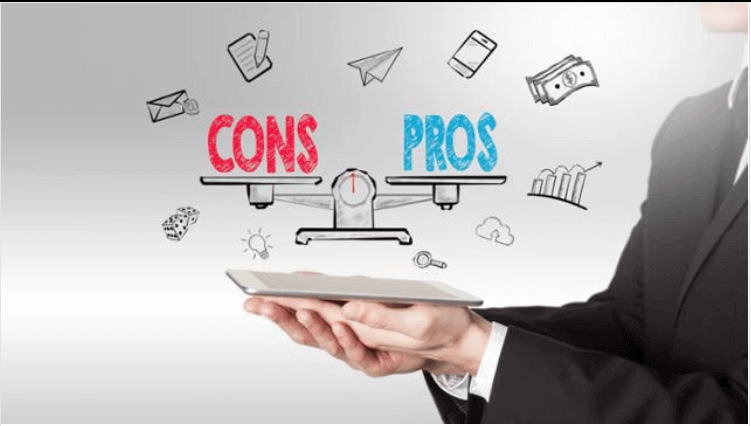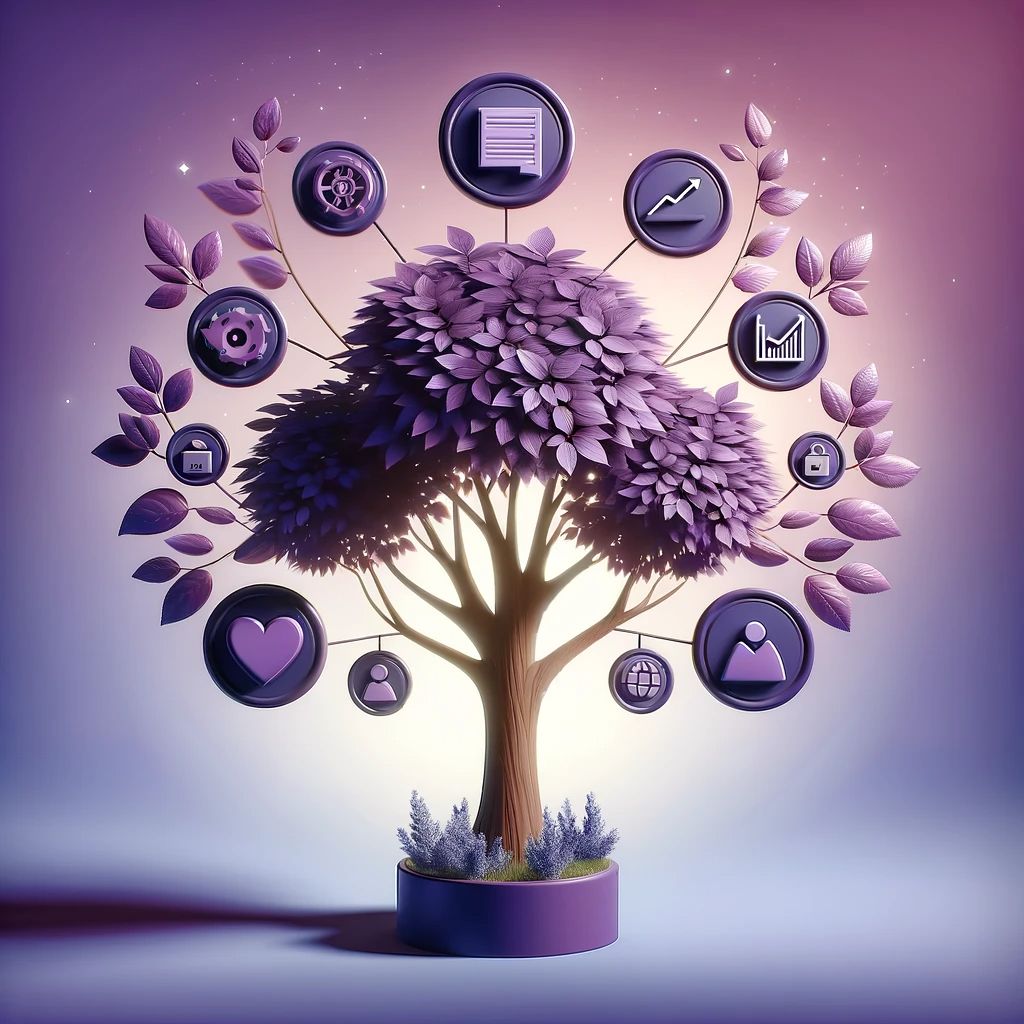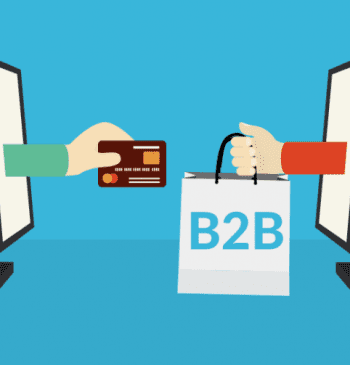20 Dec

Customer loyalty programs are being used more and more each day. As the world moves to more digital means of doing business, B2B and B2C loyalty programs find new brands and companies willing to use them, and they are right in doing so. However, the pros and cons of B2B loyalty programs come into discourse. Although these programs create win-win situations for businesses and customers, they can have some defects. Therefore, this article will list five pros and cons of B2B Loyalty platforms.
Pros of B2B Loyalty Programs
In dynamic business-to-business (B2B) transactions, loyalty programs have emerged as a strategic tool to foster long-term customer relationships. These programs are designed to reward repeat business and create a symbiotic relationship where both parties benefit. The advantages of B2B loyalty programs are multifaceted, ranging from enhanced customer retention to valuable insights into consumer behavior:
- Retaining Customers
- Keeping the Customer Interested
- Connecting with Customers
- Extracting Customer Data
- Customer Segmentation

1. Retaining Customers
Retaining customers could be either side of the coin for businesses, as retaining customers can be one of the pros and cons of B2B loyalty, depending on their business approach. But generally speaking, it is rarely a downside. Loyalty programs are, as the name suggests, about customer loyalty. While it is important for you to find new groups of customers, it is also very important that you don’t lose your existing pool of customers. Retaining your customers creates a level of consistency, which generates an average amount of sales over time. This means that once you put out a product, there will already be a considerable number of customers who will want to purchase your product.
Aside from that, retaining customers is more cost-effective than gaining new customers each time you put your product out. Not to mention, customers who become evangelists for your brand will also help you put the word out, meaning they will also promote your brand
2. Keeping the Customer Interested
This next entry on the pros and cons of B2B loyalty programs ties in with the first one. Once you create a pool of loyal customers for your brand, it is another thing to keep them interested in your product. But how can you do that? They offer various methods of keeping your customer interested. For example, rewards programs, like Apex Loyalty’s built-in rewards system, allow your brand to give back to the community for their dedication. This is also a great way to increase your customer’s consumerism.
3. Connecting with Customers
This is one of the first things one can think of when one hears about the pros and cons of B2B loyalty programs. One of the key aspects of customer relations is keeping communication alive and well between the brand and the customer. This is why loyalty programs with built-in communication tools, such as a help desk or a helper bot, are in demand. You can also do many things through omnichannel tools, from keeping your customers updated about your latest news to helping them with their questions regarding your services.
4. Extracting Customer Data
When discussing the pros and cons of B2B loyalty programs, brands tend to focus primarily on this factor. Understandably, numbers and data are everything for a brand to understand where it stands. But from a loyalty standpoint, it is important because it lets your brand know who your customers are. Lucky for you, loyalty programs can help you with that by extracting user data. This way, you can plan out your future strategies accordingly as well.
5. Customer Segmentation
Customer segmentation is often an overlooked aspect of the pros and cons of B2B loyalty programs. While some customers may be loyal, others may just be regular shoppers. Loyalty programs that allow customer segmentation, such as Apex Loyalty, let companies sort out their customers into specific groups however they like. This will also help with the future strategies.

Cons of B2B Loyalty Programs
When examining the pros and cons of B2B loyalty programs, they also come with challenges and drawbacks. Businesses must recognize and understand these potential pitfalls before implementing a program. These cons can range from financial implications to the complexities of managing such programs effectively:
- Change in Behavior
- Impacts on Profit
- Wrong Choice Program
- Limitations
- Managing the Platform
1. Change in Behavior
When considering the pros and cons of B2B loyalty programs, behavior change is a fact that scares most companies. While they create loyal customers, customer loyalty can change over time. While this may or may not be the company’s fault, as outside contributions, market competition, or simply no longer needing the product can affect your customers’ consuming habits; it should always be kept in mind that this is still a real possibility.
2. Impacts on Profit
This next entry on the pros and cons of B2B loyalty programs list is about more than just the programs themselves but the effects of loyalty. B2B loyalty features, especially rewards systems, can impact your profits. How? Let us show a small example.
Let’s say you have a product that you sell for $10. Typically, $8 out of the $10 covers the production fees, while the remaining $2 is your profits. You will not make any profits Unless you balance your reward systems, such as discounts and giveaways.
3. Wrong Choice Program
This could be at either end of any pros and cons of B2B loyalty programs list, but we prefer to put it on the cons. As Apex Loyalty, we know how competitive the B2B loyalty market can be. That is why we value innovation and customer feedback. But as such, it is possible that if you choose the wrong loyalty program, you will miss out on some of the exciting features that will help your company’s growth.
4. Limitations
Considering the pros and cons of B2B loyalty programs, while we mentioned that customer data extraction is a huge plus in using these programs, it should always be remembered that you will most likely be getting your customers’ data. While this may not sound bad, being limited to your data means you will abstain from knowing about your competition’s customer data.
5. Managing the Platform
Managing a loyalty platform takes time and effort. This comes as no surprise, as this is also a venture into marketing. But, understandably so, some companies don’t want to take this risk and opt for more traditional means of marketing and marketing tools.
You can read our previous article from https://www.apexloyalty.com/what-are-the-best-examples-of-social-media-loyalty-programs/







